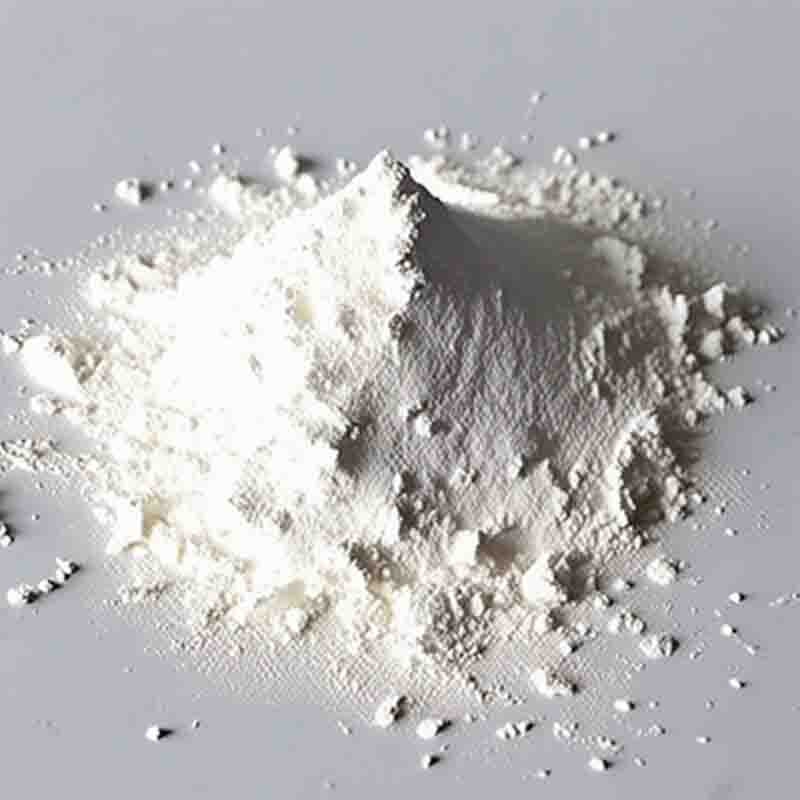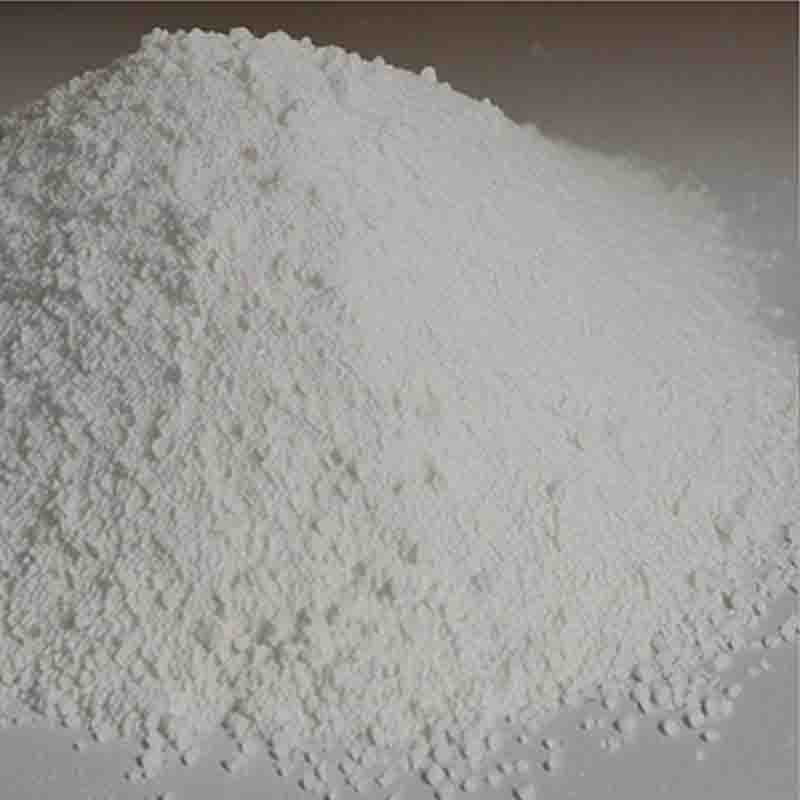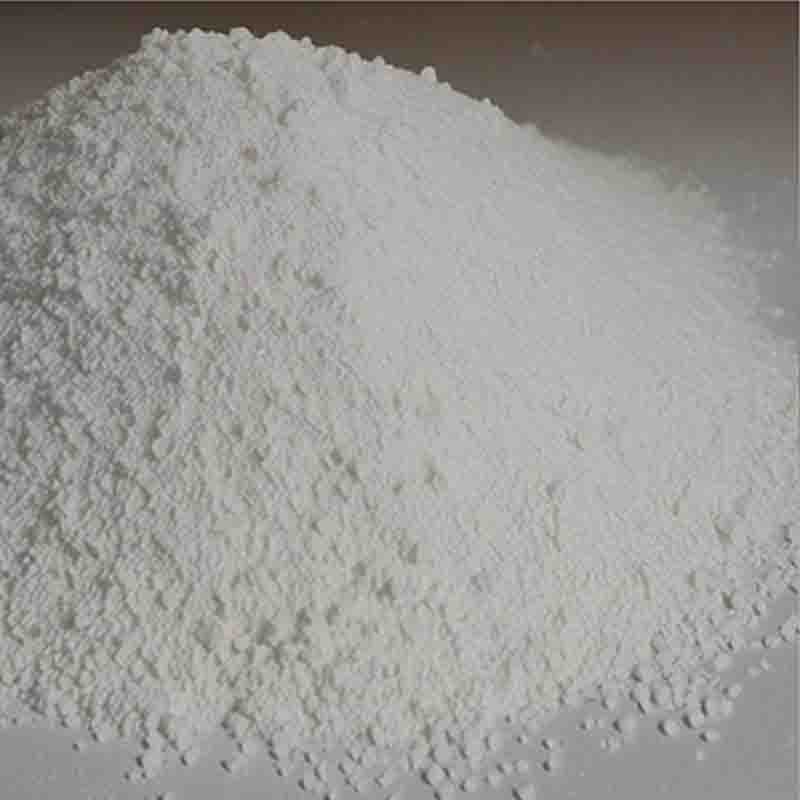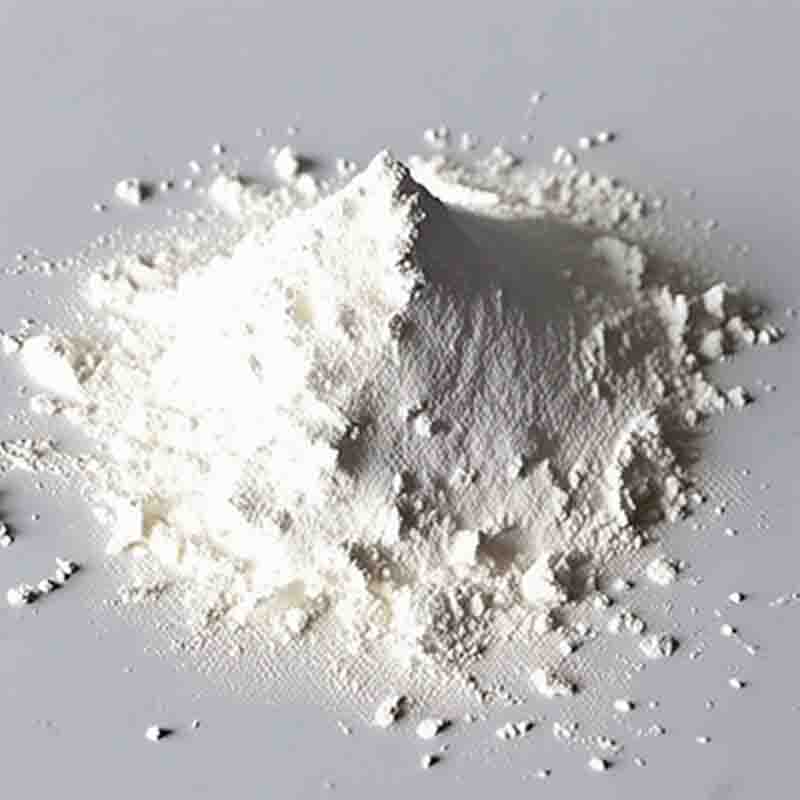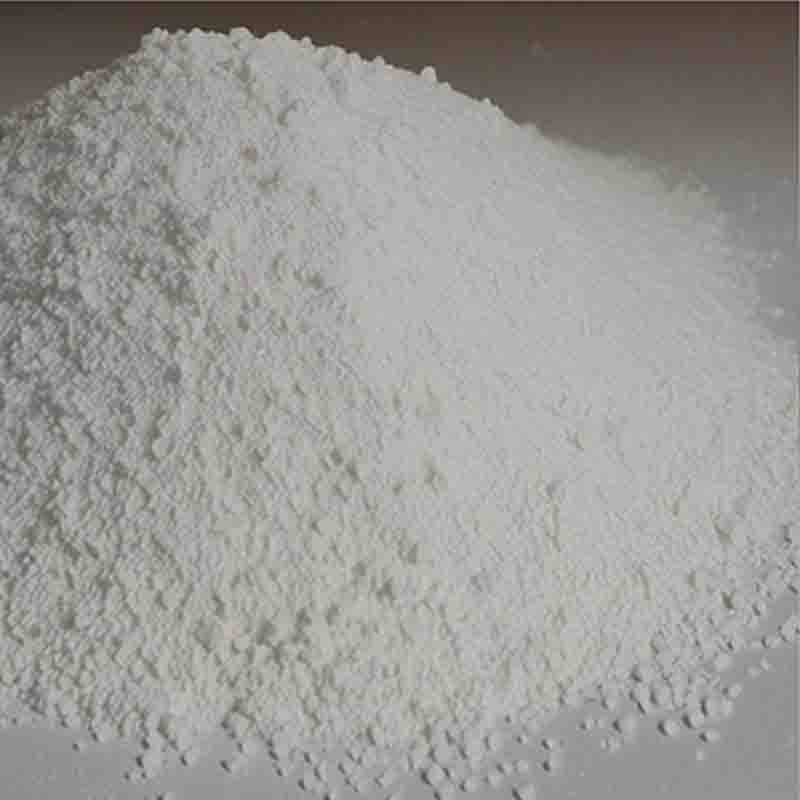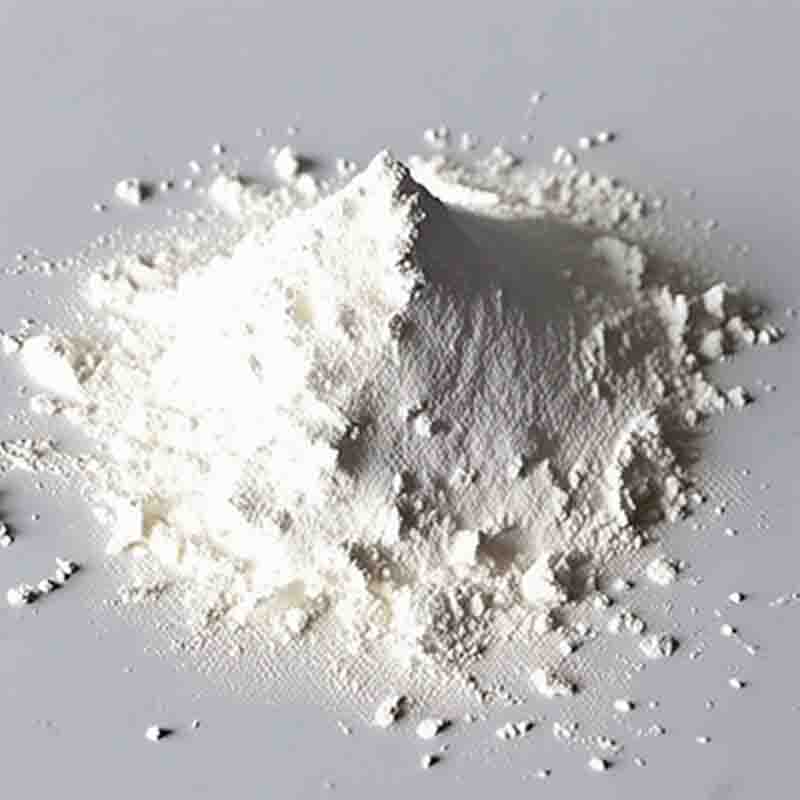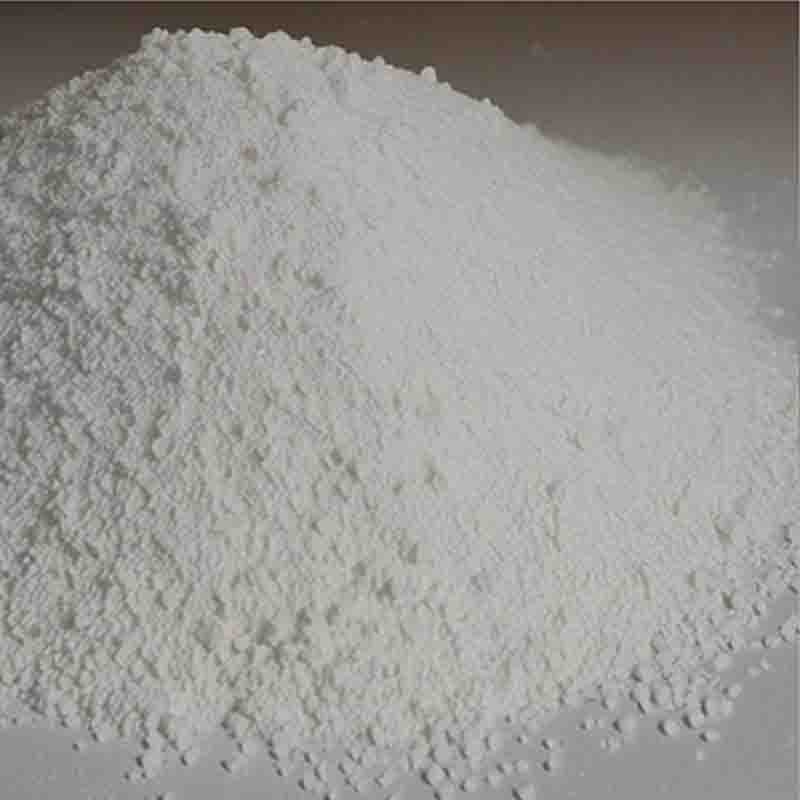(S)-4-(3-chloro-4-MethoxybenzylaMino)-5-carboxy-2-(2-hydroxyMethyl-1-pyrrolidinyl)pyriMidine CAS: 330785-84-7
| Catalog Number | XD93664 |
| Product Name | (S)-4-(3-chloro-4-MethoxybenzylaMino)-5-carboxy-2-(2-hydroxyMethyl-1-pyrrolidinyl)pyriMidine |
| CAS | 330785-84-7 |
| Molecular Formula | C18H21ClN4O4 |
| Molecular Weight | 392.84 |
| Storage Details | Ambient |
Product Specification
| Appearance | White powder |
| Assay | 99% min |
(S)-4-(3-chloro-4-methoxybenzylamino)-5-carboxy-2-(2-hydroxymethyl-1-pyrrolidinyl)pyrimidine is a compound of interest in pharmaceutical research and drug discovery. Its unique chemical structure and biological activities make it a potential candidate for the development of therapeutic agents in various domains.This compound belongs to the class of pyrimidine derivatives, which possess versatile pharmacological properties. The addition of a chloro-methoxybenzylamino moiety to the pyrimidine core provides opportunities for specific interactions with biological targets. This interaction may involve binding to receptors or enzymes that play a crucial role in disease pathways.One potential application for this compound is in the field of cancer therapy. Its ability to inhibit specific enzymes or proteins involved in cancer development and progression makes it an appealing target for anti-cancer drug development. Researchers are investigating its effects on different types of cancers to assess its potential as a targeted therapy. Additionally, the compound's unique structure can be modified to optimize its selectivity and efficacy.In addition to its potential in oncology, this compound may also have applications in other therapeutic areas. For example, its interaction with specific receptors or enzymes involved in neurodegenerative disorders could make it a potential candidate for the development of drugs to treat conditions such as Alzheimer's or Parkinson's disease. Furthermore, its activity against certain infectious diseases is also being explored.The presence of the 2-(2-hydroxymethyl-1-pyrrolidinyl) group in the compound enhances its pharmacokinetic properties and potential therapeutic applications. This functional group can enhance the compound's solubility, bioavailability, and metabolic stability. Moreover, it might contribute to improving the compound's selectivity and affinity towards the target of interest.The synthesis and optimization of (S)-4-(3-chloro-4-methoxybenzylamino)-5-carboxy-2-(2-hydroxymethyl-1-pyrrolidinyl)pyrimidine are actively pursued by researchers in the field of medicinal chemistry. They aim to modulate its structure to fine-tune its pharmacological properties and optimize its efficacy, potency, and safety.In conclusion, (S)-4-(3-chloro-4-methoxybenzylamino)-5-carboxy-2-(2-hydroxymethyl-1-pyrrolidinyl)pyrimidine is a compound with significant potential in drug development. Its unique chemical structure offers avenues for therapeutic exploration in various domains, including cancer treatment, neurodegenerative disorders, and infectious diseases. Continued research and development of this compound may lead to the discovery of valuable therapeutic agents with improved efficacy and safety profiles.


